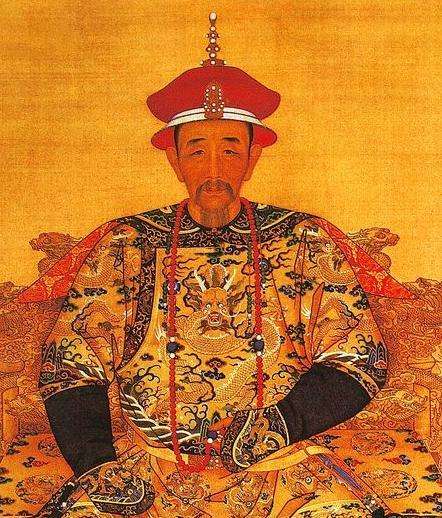Emperor Kangxi Longest reign brings prosperity
3 min readKangxi,the second emperor of the Qing Dynasty(1644-1919)after the establishment of its capital in today’s Beijing,reigned over China for 61 years,making him one of the longest-reigning rulers ever,not only in this country but in the world.
Kangxi,born Aisin Giorro Xuanye,was a prodigious child. He was extremely interested in reading all kinds of books, including geology, medicine, agronomy and the arts, such as poetry and literature.
Kangxi ascended to the throne when he was only eight years old, after his father died.
At the morning reception at the imperial court on the first day of his reign, Kangxi was accompanied by the dowager and four senior ministers chosen by his father as regents. When it was time to conclude the meeting, the dowager asked the boy emperor if he had anything to say to the dozens of high-rank-ing officials attending the conference.
The boy looked down at the crowd from the throne and said solemnly:”My only wish is to see the country ruled in great order, my subjects to all enjoy happy lives and the whole world to live in peace.”
All those present were awed by the sincere statement of an eight-year-old boy’s political ambition.

One day in 1664, when Kangxi was 10, he was presented with a rare parrot by a general, who thought the boy would like a little beautiful pet bird. But the boy asked the general if he could recall the story of an ancient king who lost his kingdom because of his indulgence in raising rare cranes. The boy emperor then said:”If today I accept your present, then many others will follow suit. If we indulge our-selves in such pursuits, we will not be far away from the doom of our dynasty.”
Emperor Kangxi personally took over the reins of the imperial court when he reached the age of 14. Immediately, the young emperor grouped his forces and smashed the political clique organized by Aobai, one of the four regents, who had long planned a coup. This surprise act greatly consolidated Kangxi’s power in the court.
As an exponent of Confucianism, Emperor Kangxi pro-moted Confucius’s ideas and principles all around the country.
He also adopted a series of steps to promote agricultural production, reduce taxes and levies and abolish aristocrats’ privileges in enclosing land.
Then, Emperor Kangxi launched a series of military campaigns to crush local resistance movements and the revolt of three key feudatories, ensuring the unification of the country.
In 1683, Chinese military leader and national hero Zheng Chenggong recaptured Taiwan after 38 years of Dutch colonial rule. The next year, Emperor Kangxi established a Qing gov-ernment in Taiwan.
After winning two key victories in battles against the invading Russians in the northern frontier, the Qing Dynasty and the Russian Empire signed the Sino-Russia Nerchinsk Treaty in 1689, legally designating areas south of the Hei-longjiang River and in the Ussuri River valley as the territory of China.
In 1720, the Qing troops expelled the Dzungars, who had invaded Tibet for three years. Then Emperor Kangxi intro-duced a regulation stipulating that titles of the Dalai Lama and the Baingen, two chief religious leaders in the region, must be granted by the central government.
Thanks to the “good ruling”of Emperor Kangxi, the long-term stability and prosperity under his reign turned China into the largest, most populous and richest empire in the world at the time. And the prosperity lasted for more than 100 years, apparently the last “heyday”in the history of Chinese dynasties.








